Nestled along the sacred banks of the Ganga River, Varanasi stands as a timeless testament to India’s spiritual and cultural richness. With a history tracing back to 800 BCE, this ancient city is not just a geographical entity but a living embodiment of millennia-old traditions that continue to shape its vibrant tapestry.
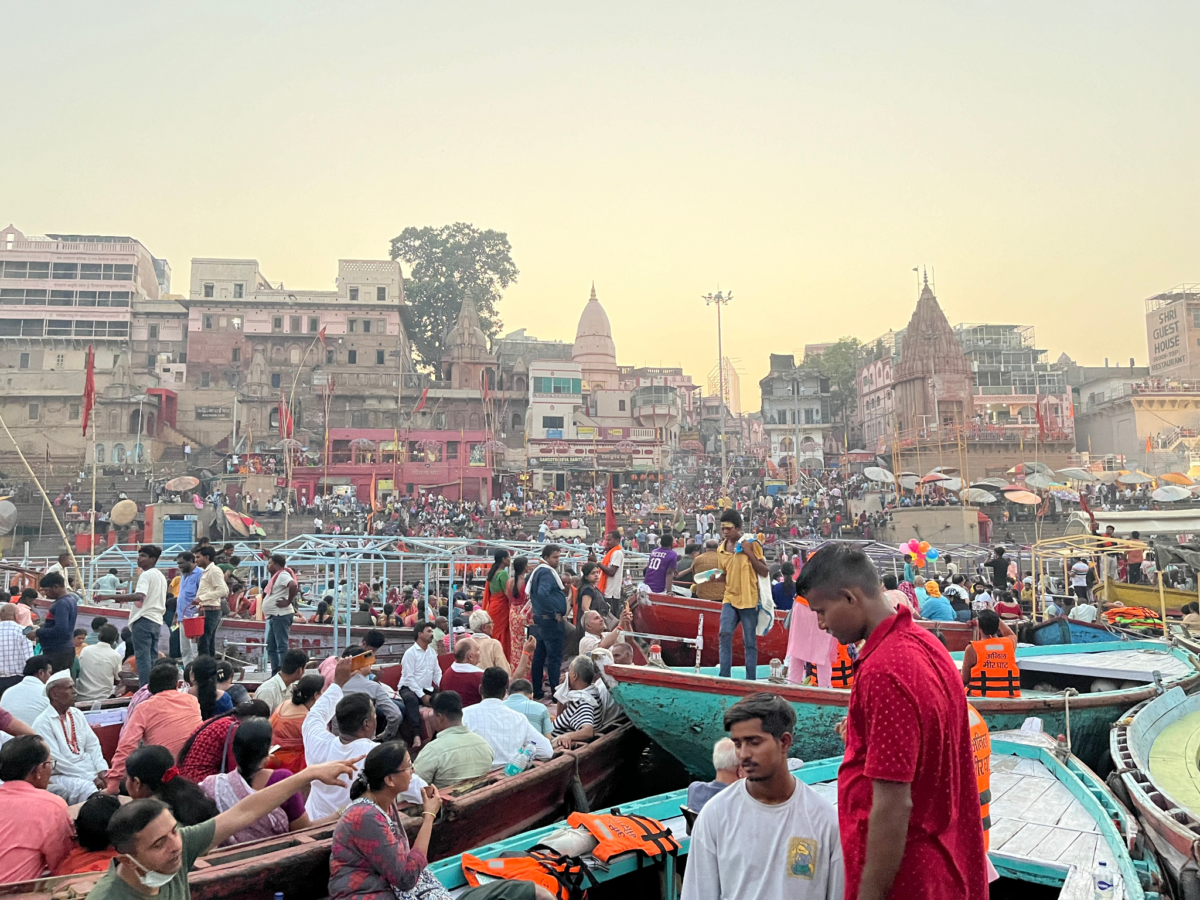
A Tapestry of Tradition and Architecture
Varanasi’s allure lies not only in its spiritual significance but also in its architectural marvels. From the majestic Kashi Vishwanath temple, dedicated to Lord Shiva, to the serene Sankat Mochan temple and the bustling galis adorned with centuries-old havelis, every corner resonates with stories of faith and craftsmanship. The city’s ghats, especially the iconic Dashashwamedh Ghat, where the evening Ganga Aarti unfolds, offer a glimpse into Varanasi’s deep-rooted ritualistic practices and communal harmony.
Challenges Amidst Modernization
In recent years, Varanasi has faced the dual challenge of preserving its rich heritage while accommodating modernization pressures. The Vishwanath Dham redevelopment project exemplifies this delicate balance. Aimed at enhancing visitor experiences and managing infrastructure, the project introduces a curated approach to temple tourism. However, this transformation has sparked debates about the preservation of Varanasi’s authentic charm and historical integrity. Traditional galis and historical structures make way for modern amenities, raising concerns about the city’s evolving identity.
Community Spirit and Cultural Continuity
Despite these changes, Varanasi thrives on the resilience of its people and their enduring cultural practices. Artisans continue to weave Banarasi sarees using age-old techniques, while festivals like Dev Deepawali illuminate the city with thousands of lamps, celebrating its spiritual legacy. Banaras Hindu University (BHU), with its intellectual vigor and cultural diversity, further enriches Varanasi’s status as a center of learning and cultural exchange.
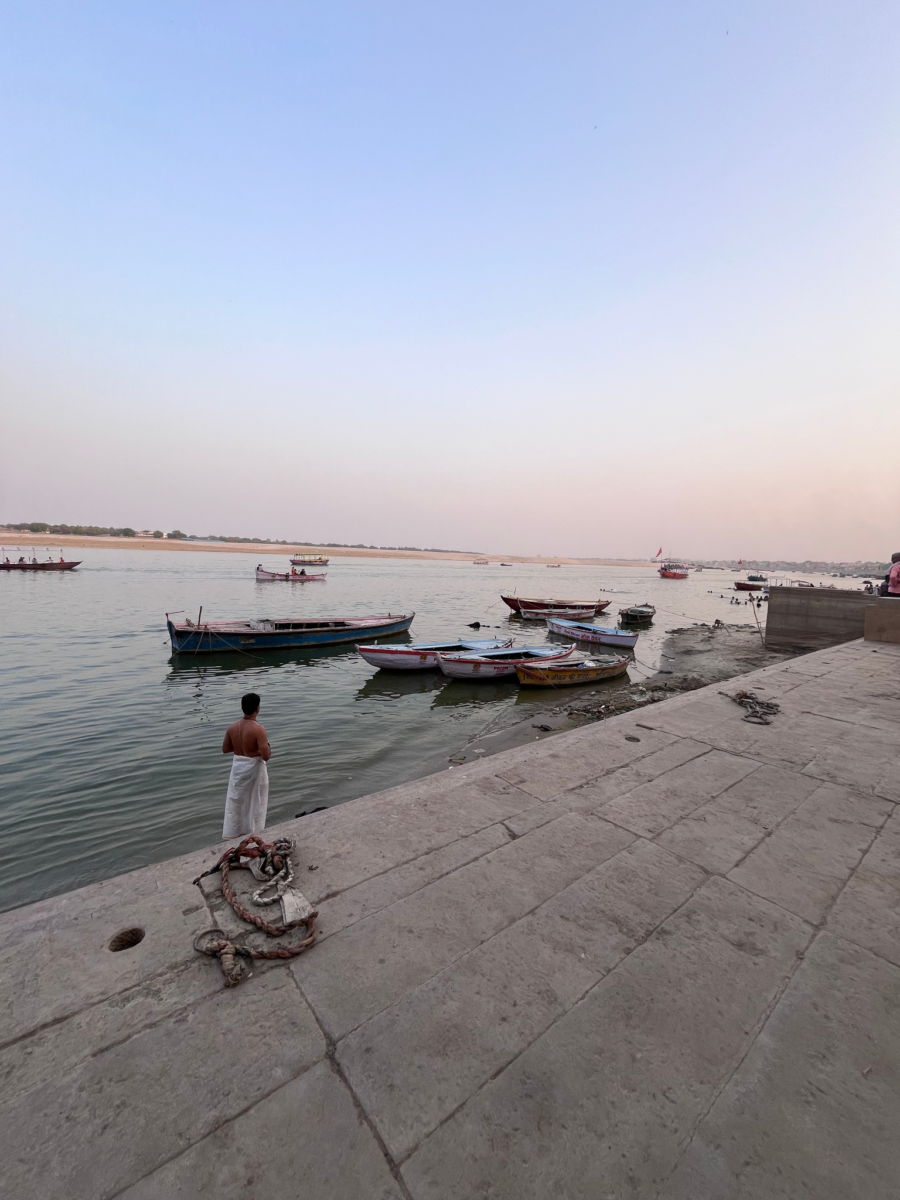
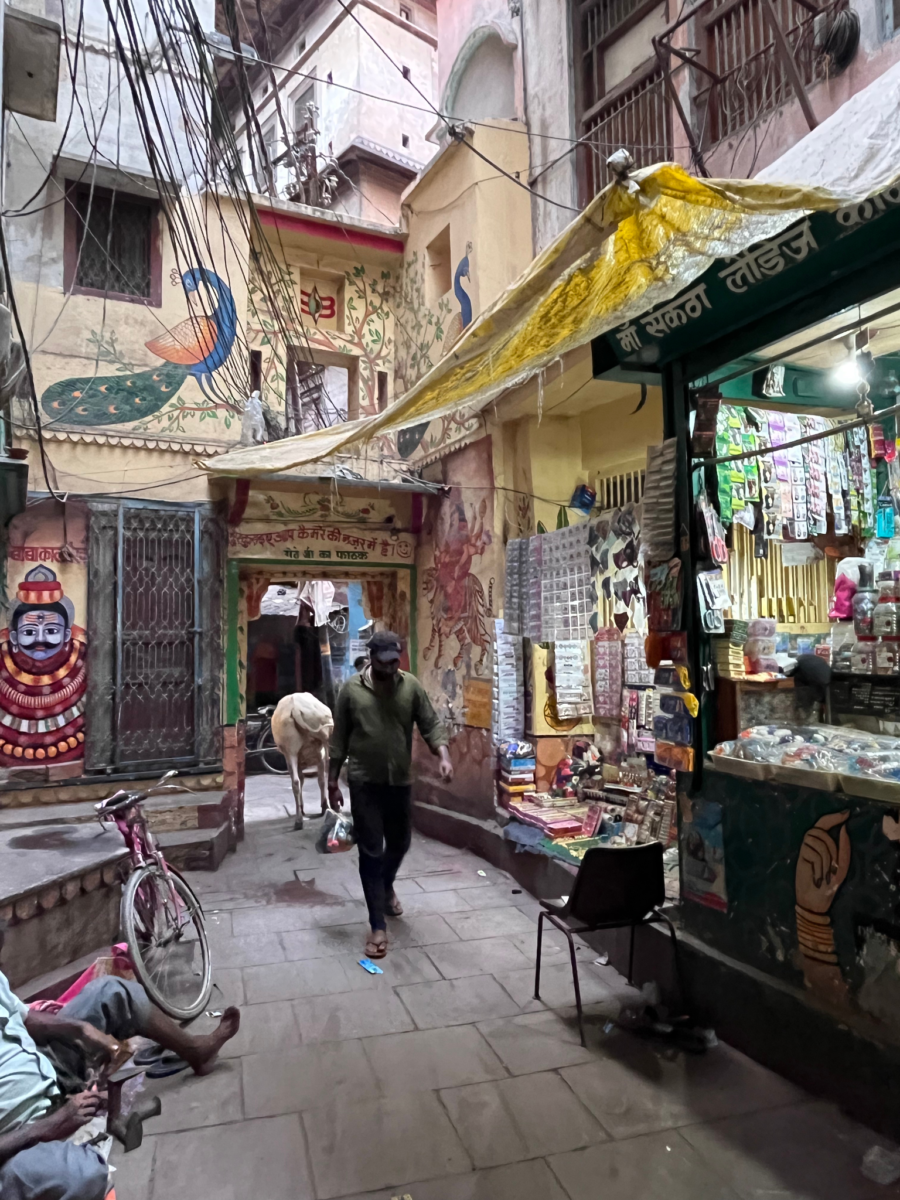
Balancing Development with Heritage Preservation
Preserving Varanasi’s heritage requires a nuanced approach that prioritizes authenticity and community involvement. Sustainable development practices and adaptive reuse of historical structures are pivotal in safeguarding the city’s cultural legacy. By fostering dialogue between stakeholders and integrating heritage conservation into urban planning, Varanasi can continue to evolve without compromising its sacred identity.
Looking Ahead
Varanasi is more than a city; it is a testament to India’s spiritual and cultural continuity. As it navigates the complexities of modernization, preserving its heritage remains paramount. By embracing sustainable practices and celebrating its cultural diversity, Varanasi can ensure that future generations inherit a city that honors its ancient roots while embracing progress responsibly.
Cultural Resilience and Global Relevance
Varanasi’s cultural resilience extends beyond its architectural splendor. It serves as a symbol of India’s rich cultural heritage on the global stage. The city’s festivals, such as the vibrant Holi celebrations and the poignant Maha Shivaratri, attract pilgrims and tourists from around the world, fostering cultural exchange and understanding. The Banarasi silk industry, renowned for its intricate craftsmanship, continues to thrive, blending traditional techniques with contemporary designs to cater to a global market.
The Impact of Modern Redevelopment
The recent developments around the Kashi Vishwanath temple illustrate Varanasi’s evolving urban landscape. While aimed at enhancing visitor experiences and managing infrastructure, these projects have sparked debates about the preservation of Varanasi’s unique architectural heritage. The Vishwanath Dham redevelopment project, inspired by the architectural promenade concept, seeks to streamline visitor flow and provide modern amenities while respecting the temple’s sanctity. However, critics argue that such developments risk diluting the city’s authentic charm and historical integrity.
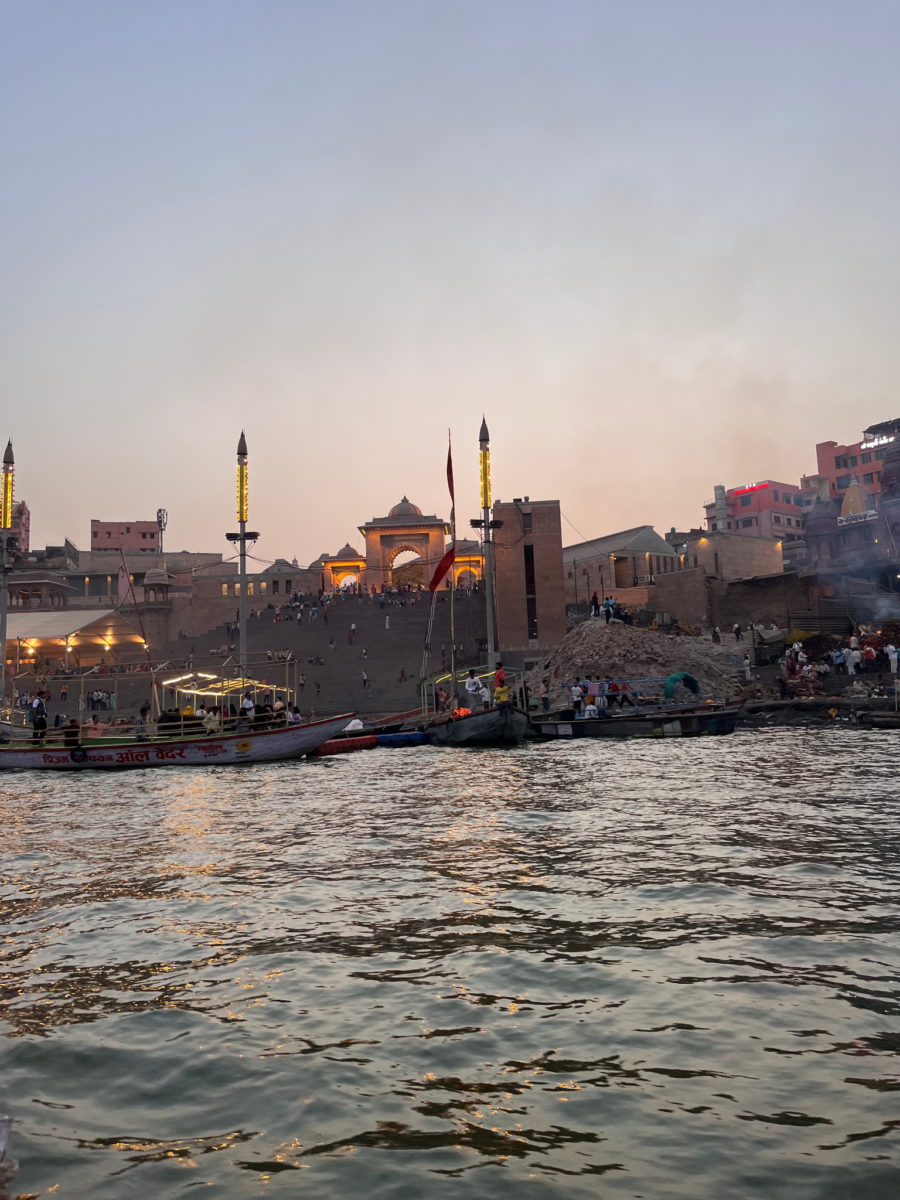

Safeguarding Cultural Identity
Amidst modernization, safeguarding Varanasi’s cultural identity requires a delicate balance between progress and preservation. Initiatives like the revitalization of historical galis and the promotion of traditional arts and crafts are essential. Collaborative efforts involving local communities, heritage experts, and policymakers can ensure that Varanasi retains its soul while embracing sustainable urban development.
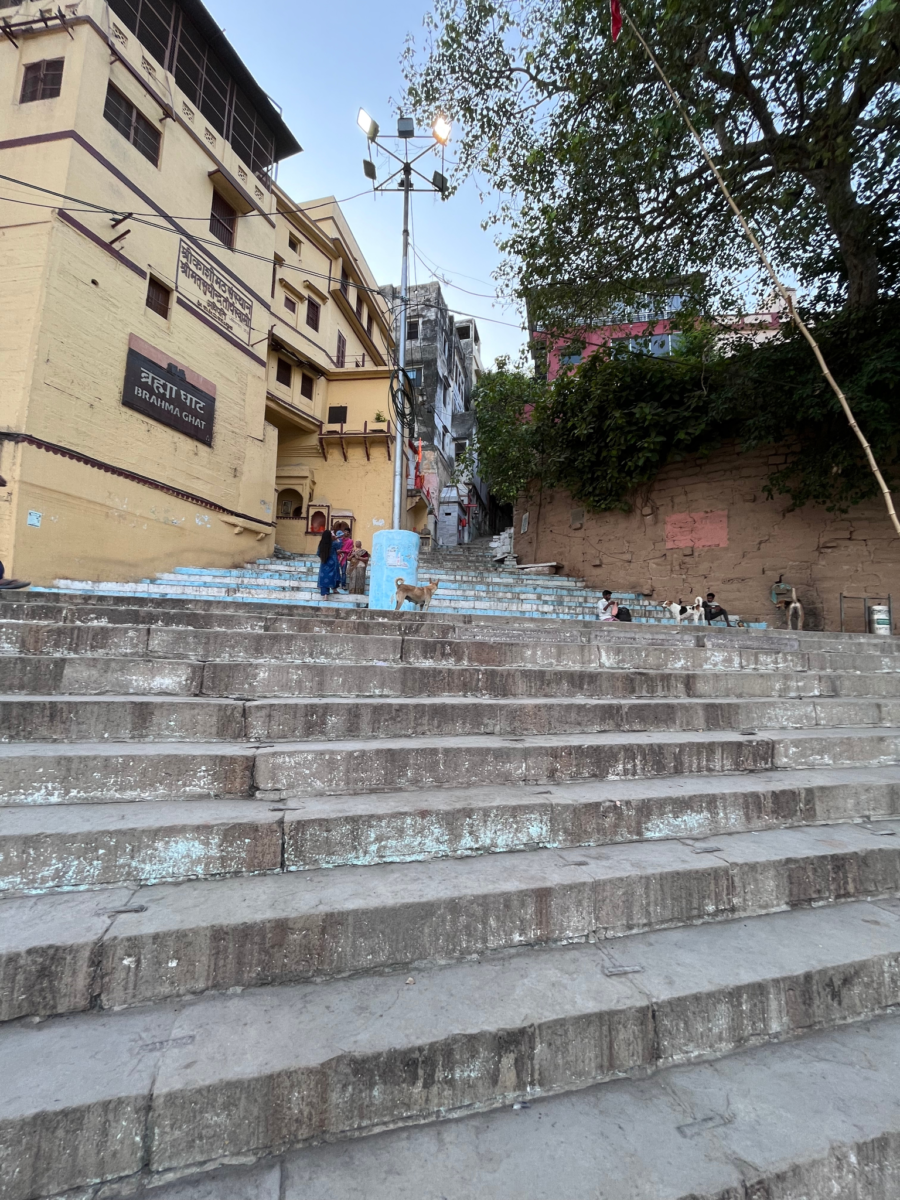

Conclusion
Varanasi’s journey is not just about preserving monuments; it is about safeguarding a way of life that transcends generations. As we tread the path towards modernity, let us cherish and protect the soul of Varanasi – where history breathes through every ghat, and tradition resonates in every stone. By honoring its past while embracing the future, Varanasi can continue to inspire awe and reverence as a living testament to India’s cultural richness.
Bibliography
● Agarwal, Kabir. “In Modi’s Varanasi, the Vishwanath Corridor Is Trampling Kashi’s Soul.” The Wire. Retrieved June 20, 2024, from https://thewire.in/politics/kashi-vishwanath-corridor-up-bjp
● Cale, Anna. “Consuming Culture: The Heart of the City’s Cultural Identity Is Not in One Place, It’s Everywhere.” The State Of The Arts. Retrieved June 20, 2024, from https://www.thestateofthearts.co.uk/features/consuming-culture-the-heart-of-the-citys-cultural-identity-is-not-in-one-place-it-is-everywhere/
● Culture & Heritage, VARANASI. Retrieved June 19, 2024, from https://varanasi.nic.in/culture-heritage/
● Singh, Ayushi. “Culture, Spaceforms and People: Varanasi City.” [Unpublished undergraduate dissertation], School of Architecture and Planning, K R Mangalam University, 2019.
● Singh, Rana P.B. “Urban Heritage and Planning in India: A Study of Banaras, Spatial Diversity and Dynamics in Resources and Urban Development, 2016.”
● Singh, Rana P.B. “Banaras, the Cultural Capital of India: Visioning Cultural Heritage and Planning.” SANDHI, A Journal of Interfacing Science-Heritage and Technology-Tradition of India [IIT Kharagpur, India], Vol. 1 (no. 1), 2015.
● Sohal, Aneeska. “Architectural Hindutva: The Shri Kaashi Vishwanaath Mandir Precinct Development.” [Unpublished master’s thesis], Somerville College University of Oxford, 2021.
